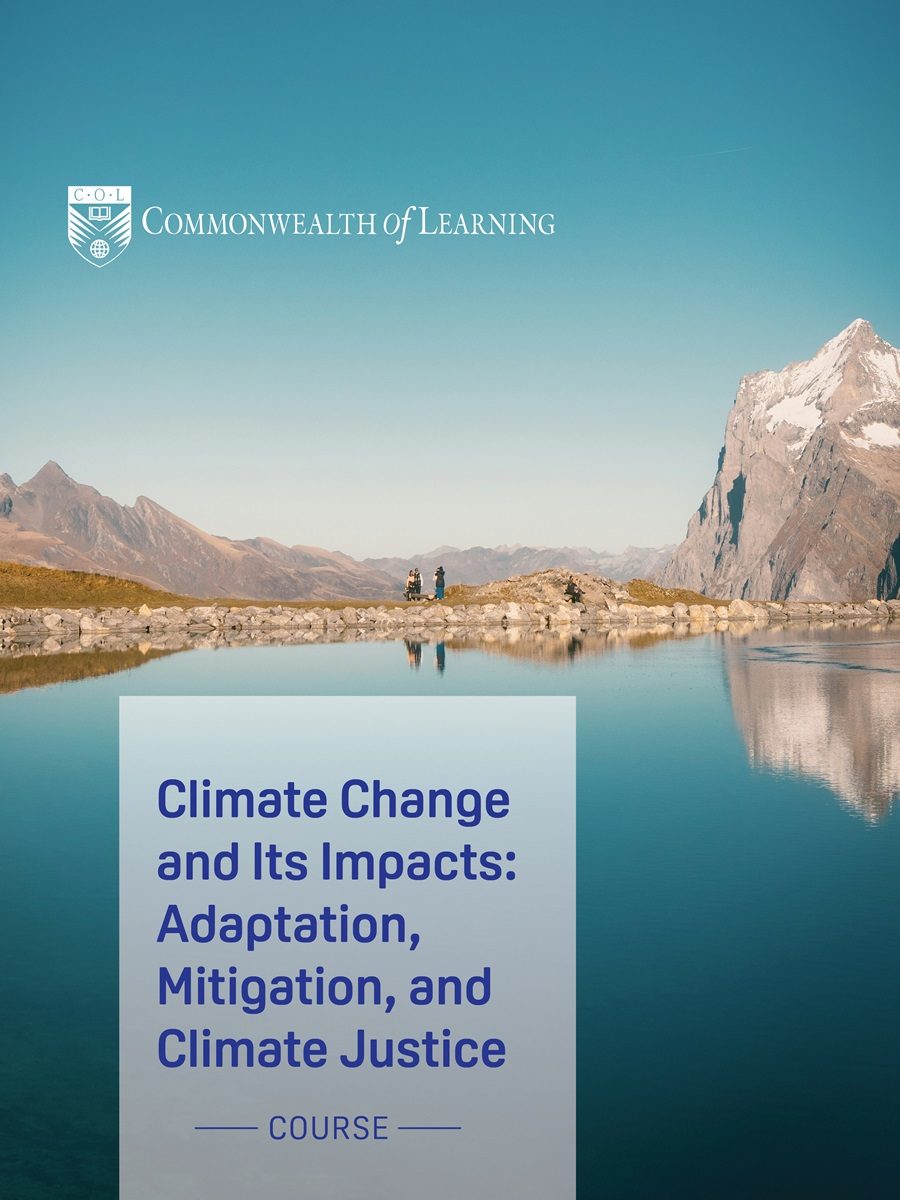Climate Change and Its Impacts: Adaptation, Mitigation, and Climate Justice

The course will focus on strategies for adapting to climate change’s impacts, mitigating its consequences, and addressing climate justice issues. Teacher candidates will engage in discussions about various approaches to climate resilience and explore the ethical dimensions of climate change. By examining real-world examples, participants will gain insights into effective adaptation and mitigation practices, preparing them to promote climate justice in their local areas.
Contents
Book Information
Book Description
The course will focus on strategies for adapting to climate change’s impacts, mitigating its consequences, and addressing climate justice issues. Teacher candidates will engage in discussions about various approaches to climate resilience and explore the ethical dimensions of climate change. By examining real-world examples, participants will gain insights into effective adaptation and mitigation practices, preparing them to promote climate justice in their local areas.
Licence
Climate Change and Its Impacts: Adaptation, Mitigation, and Climate Justice Copyright © 2024 by Commonwealth of Learning (COL) is licensed under a Creative Commons Attribution-ShareAlike 4.0 International License, except where otherwise noted.
Subject
Climate change

